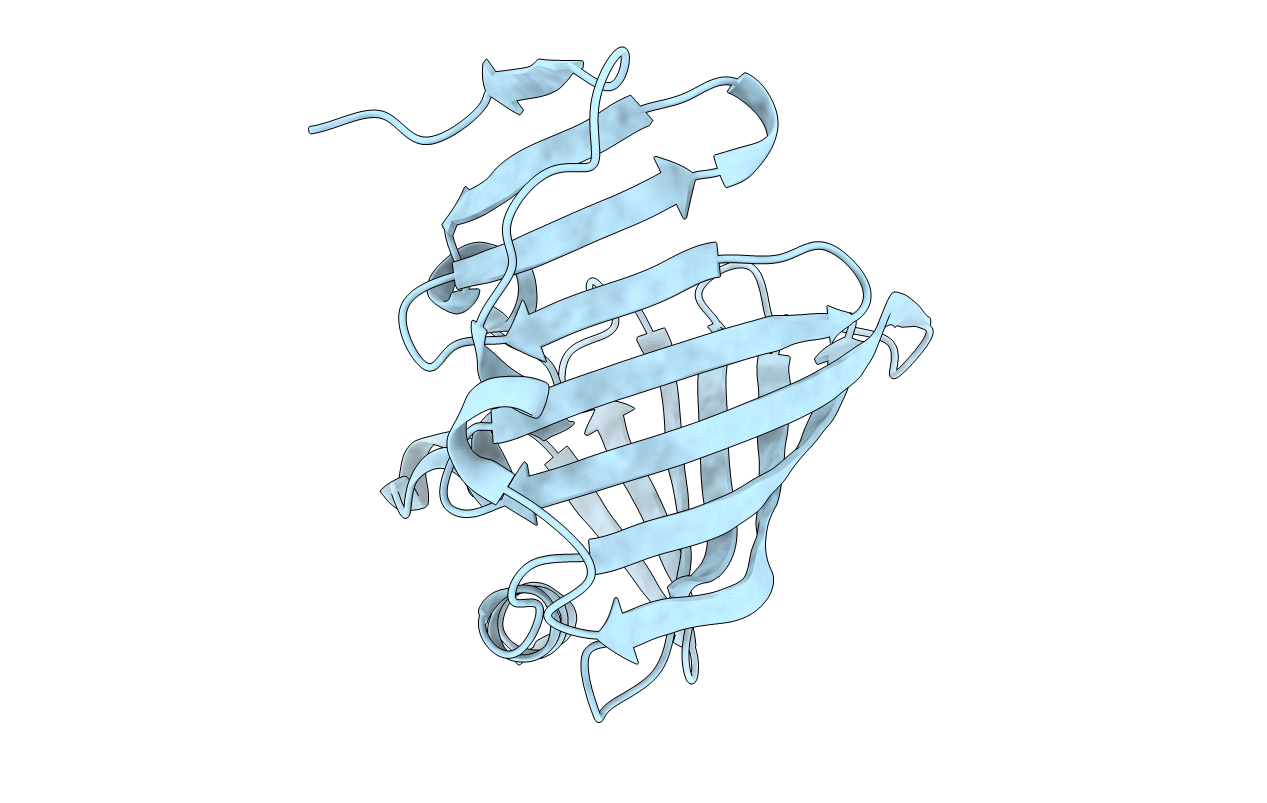
Deposition Date
2008-07-10
Release Date
2008-08-05
Last Version Date
2023-11-01
Entry Detail
PDB ID:
2ZPD
Keywords:
Title:
Crystal structure of the R43L mutant of LolA in the open form
Biological Source:
Source Organism:
Escherichia coli (Taxon ID: 83333)
Host Organism:
Method Details:
Experimental Method:
Resolution:
1.85 Å
R-Value Free:
0.23
R-Value Work:
0.19
Space Group:
P 1 21 1


